Was sind Mischwälder?
Mischwälder geben einer Vielzahl verschiedener Pflanzen und Tieren einen Lebensraum und sind sehr nachhaltig. Mit dem Mischwaldanbau kommen wir der wilden Natur am nächsten und produzieren trotzdem genug Erträge, um davon leben zu können. Mischwälder sind sozusagen der Gegenentwurf zu zerstörerischen Monokulturen.
Mehr als nur "Bio".
Bio-Zertifizierungen sind sehr hilfreich, aber sie zeichnen ein sehr vereinfachtes Bild. Gesunde Ökosysteme sind viel mehr als nur das "Bio"-Siegel des einen Produktes. Ein Biosiegel sagt am Ende wenig über die Gesundheit der Böden, die Biodiversität und die Lebensqualität der Bäuerinnnen und Baurn aus. Deswegen lohnt es sich, genauer hinzuschauen. Nur der Mischwaldanbau ist eine wirklich nachhaltige Agrarwirtschaft für alle Lebewesen.
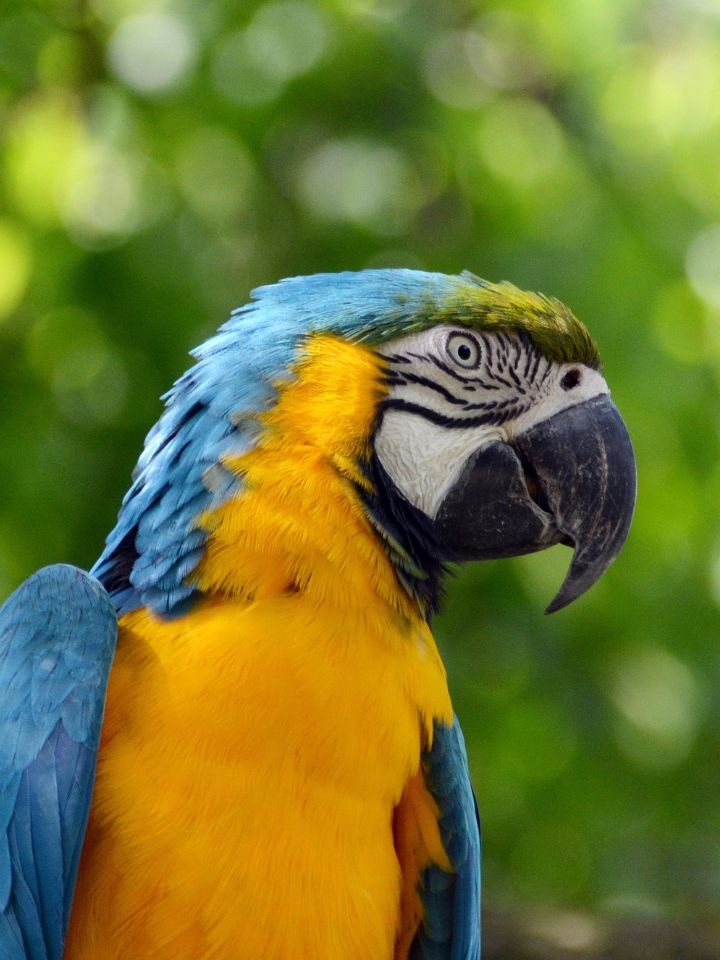
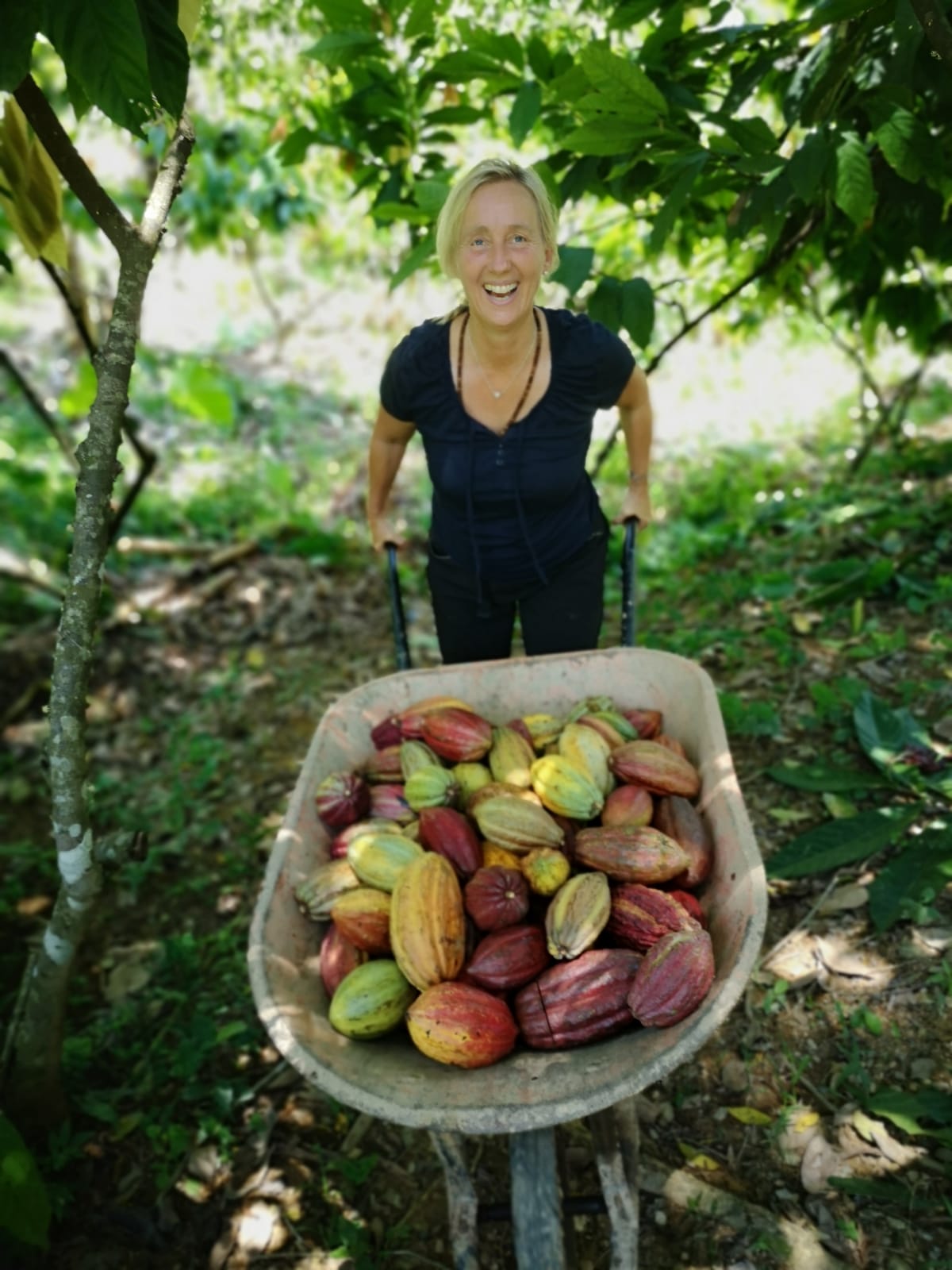

Mischwälder schützen die Biodiversität im Regenwald
Die Maya Mountain Research Farm hat über 150 verschiedene Vogelarten in ihrem Mischwald gezählt. In herkömmlichen Monokuluturen finden nicht ansatzweise so viele Tierarten Schutz. Mischwald-Systeme, auch Permakultur gennant, können überall auf der Welt genutzt werden. Die Permakultur-Bewegung findet bei Bauern rund um den Globus Anklang. Und das ist kaum verwunderlich. Die Permakultur erspart den Bäuerinnen und Bauern massiv Arbeit und lässt sie Jahrzehnte in die Zukunft planen.
Mischwälder sichern das Einkommen der Bauern
Stell dir vor, du bist eine Kakaobäuerin und hast eine Monokultur für Kakaobohnen. Sie sind somit alles, was du verkaufen kannst. Immerhin einige Tonnen Kakaobohnen pro Jahr. Jetzt stell dir aber vor, der Weltmarktpreis für Kakao, der an der Börse gehandelt wird, stürzt ab. Auf einmal hast du dieses Jahr unterm Strich vielleicht Geld verloren statt welches zu verdienen. Du musst dir einen Kredit aufnehmen, um weiter wirtschaften zu können.
Oder schlimmer noch: Stell dir vor, deine Kakaobäume werden krank. Auf einmal kannst du nur noch 50% deiner Ernte einfahren, hast aber sogar mehr Kosten wegen Pestiziden (bei Kakao, der nicht Bio ist). Du stehst vor dem Bankrott.
Wenn du hingegen eine Mischwald-Farm bewirtschaftest, kannst du noch deine Vanille verkaufen, oder deine Bananen, oder deinen Kaffee, oder deine Muskatnüsse...Du verstehst schon: Den Möglichkeiten sind (fast) keine Grenzen gesetzt. Für welches System würdest du dich also entscheiden - Monokultur oder Mischwald?
Logisch, denn nur Mischwälder schaffen ein nachhaltiges Wirtschaftsklima für die Produzenten von tropischen Exportgütern.
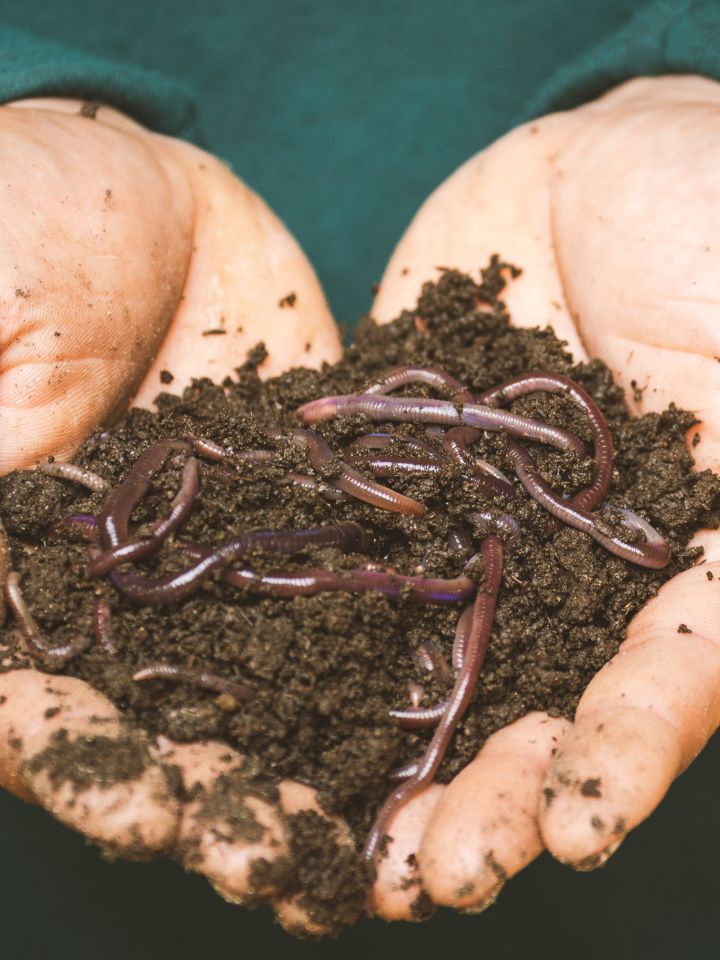
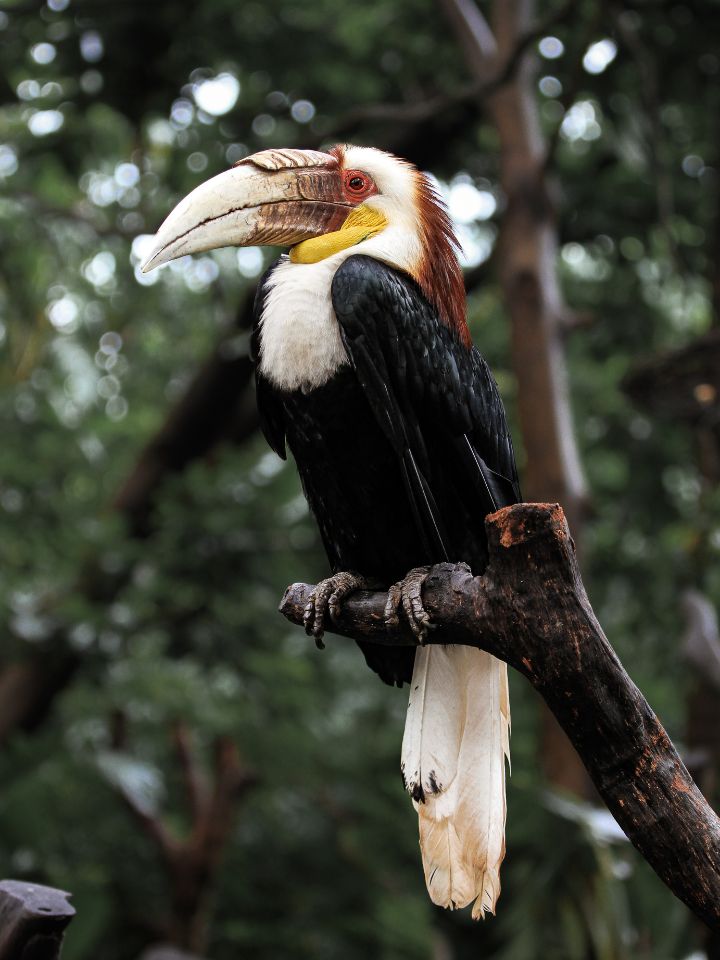
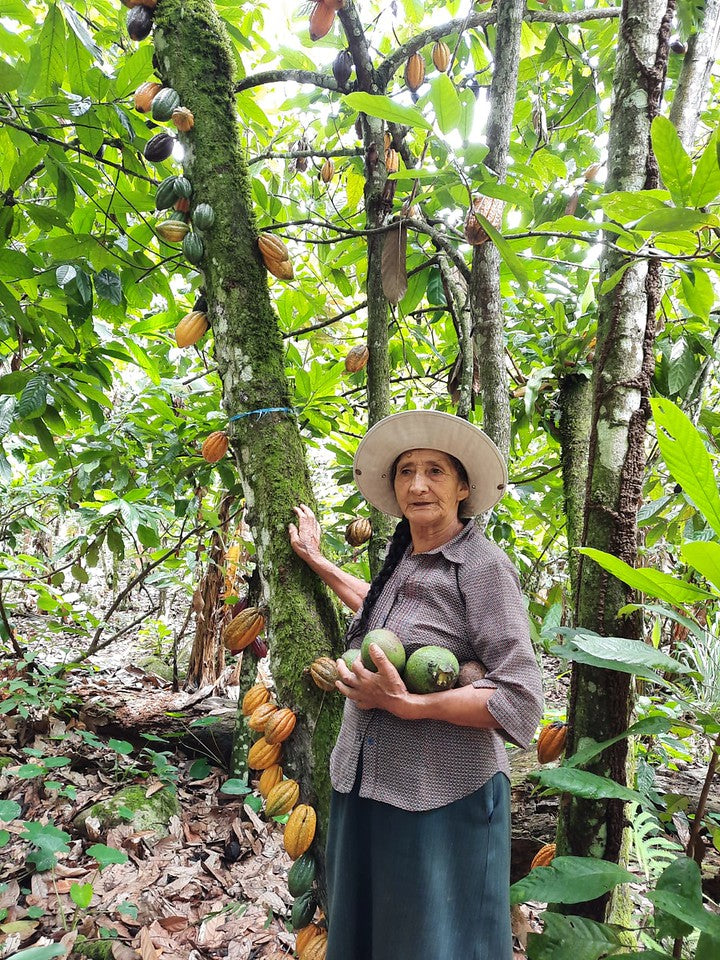
Wie Mischwälder die Böden gesund halten
Böden sind sensible Ökosysteme, die über zehntausende von Jahren entstanden sind. Sie sind voller Nährstoffe. Wenn auf einem Bodensystem nur eine einzige Pflanzenart angebaut wird, dann werden nur bestimmte Nährstoffe dem Boden entzogen. Wenn das geschieht, müssen die fehlenden Nährstoffe künstlich als Dünger zugeführt werden.
In der Natur gibt es aber natürlich keine künstlich hergestellten Dünger-Nitrate. Die Natur hat ein ausgeklügeltes Ökosystem entwickelt, in dem eine Pflanzenart der anderen Pflanzenart genau die Nährstoffe zur Verfügung stellt, die sie zum Überleben braucht. Genau diese Symbiosen versucht man, im Mischwald-Anbau zu nutzen.
Mischwälder erzielen ein höheres Einkommen und eine stabilere Ernährungssicherung für die Bauern
Das Forschungsinstitut für biologischen Landbau (FiBL) hat in einer Langzeitstudie über 20 Jahre lang Mischwald-Systeme mit herkömmlichen Monokulturen verglichen. Was sie herausfanden? Die biologisch bewirtschafteten Mischwäder erzielen im Vergleich zwar den geringsten Ertrag an Kakao pro Hektar - insgesamt können die Bauern damit allerdings ein höheres Einkommen und eine stabilere Einkommenssicherung erreichen. Sie sind weniger abhängig von internationalen Preisschwankungen oder Ernteausfällen, da sie viele verschiedene Produkte anbauen. Die Studie findest du hier.
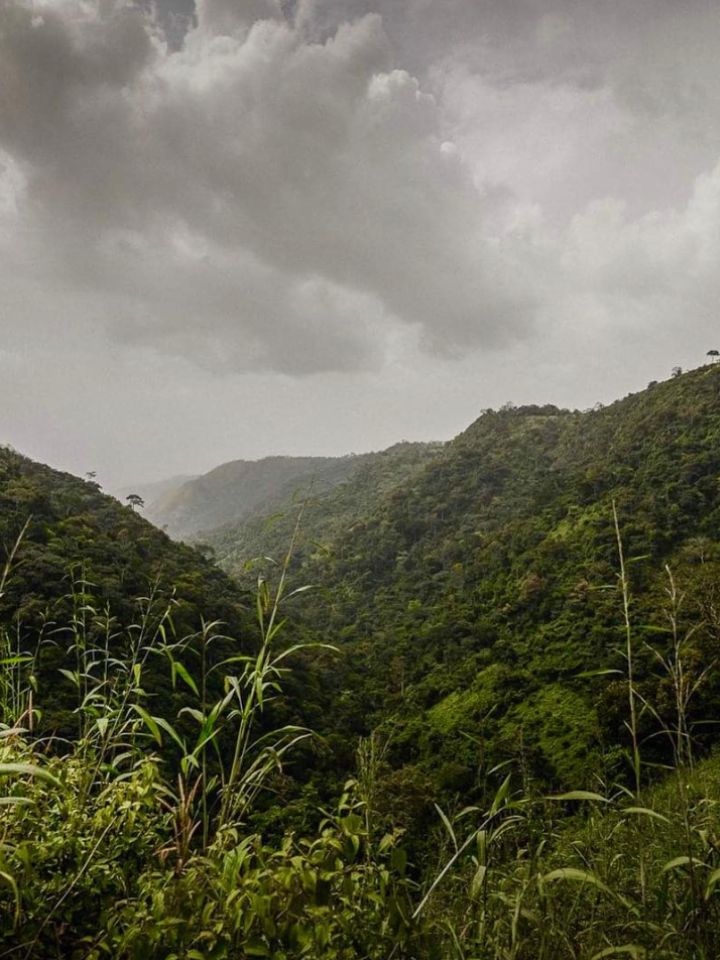
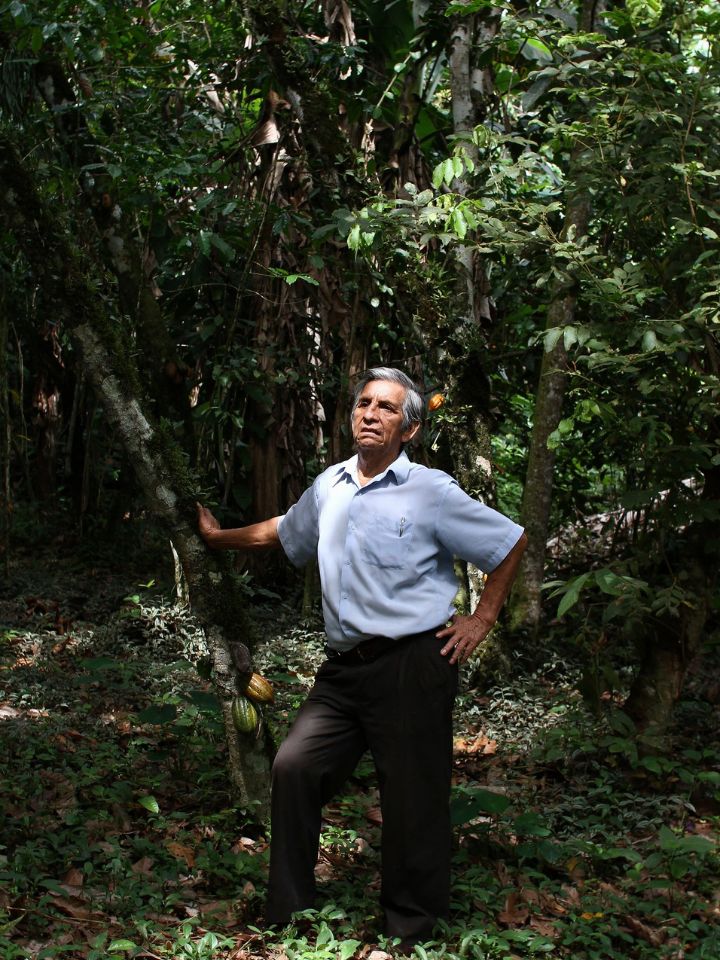
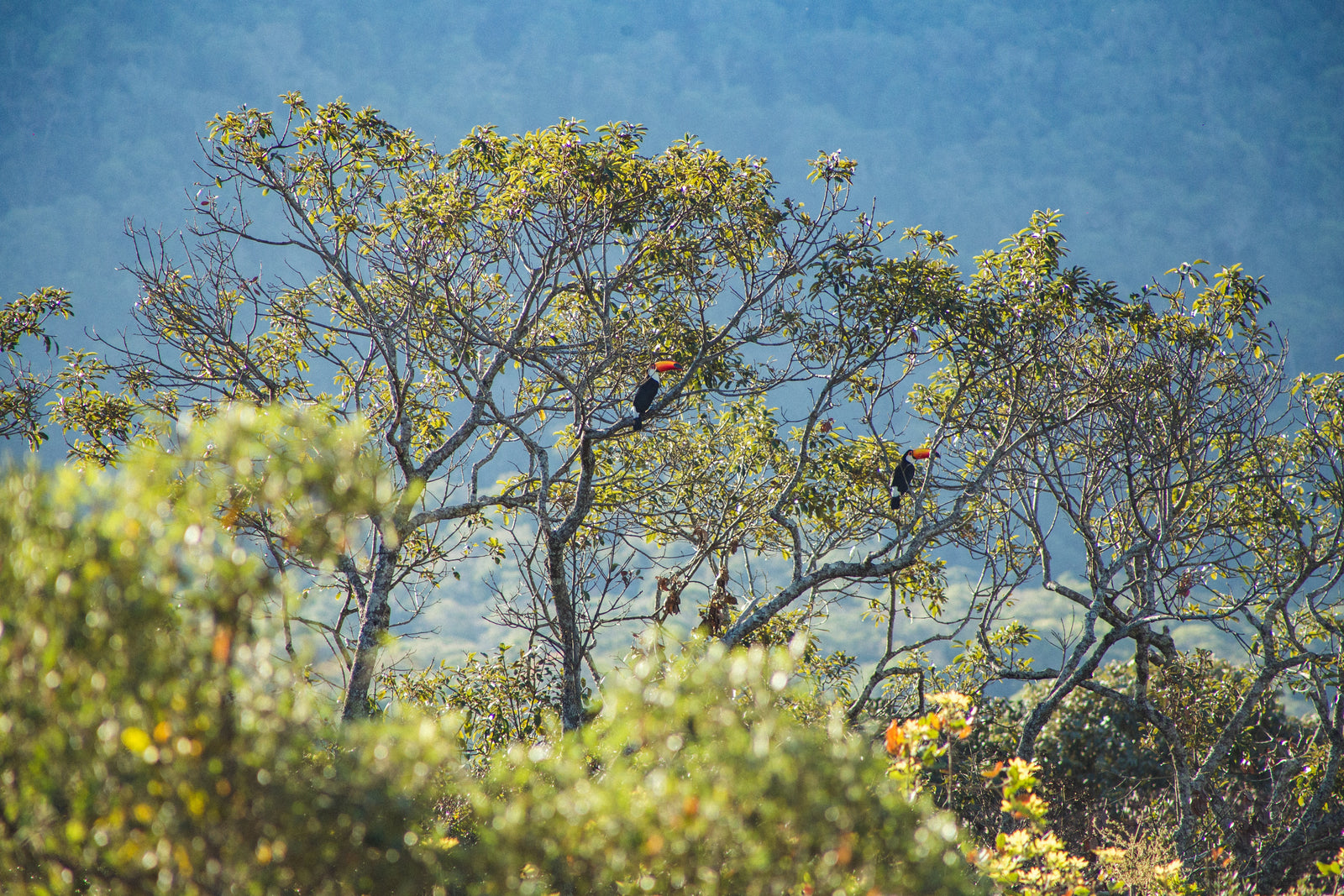
Lerne mehr über das spannende Thema Mischwaldanbau
Hier findest du weitere Ressourcen zum Thema Permakultur & Agroforst-Systemen in den Tropen
Die Maya Mountain Research Farm ist ein lebendiges Beispiel für die Zukunftsträchtigkeit von Permakultur in den Tropen (und sie machen tolle Videos). Hier geht's zu ihrer Website.
Das Ghana Permaculture Institute setzt sich intensiv mit dem Thema Permakultur & Agroforst auseinander. Hier findest du deren Website.
Einen guten Blogartikel des Readcacao Magazins zu Kakao aus Agroforst-Anbau findest du hier.




